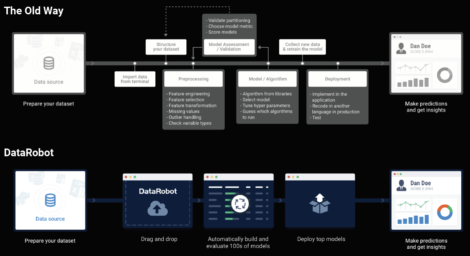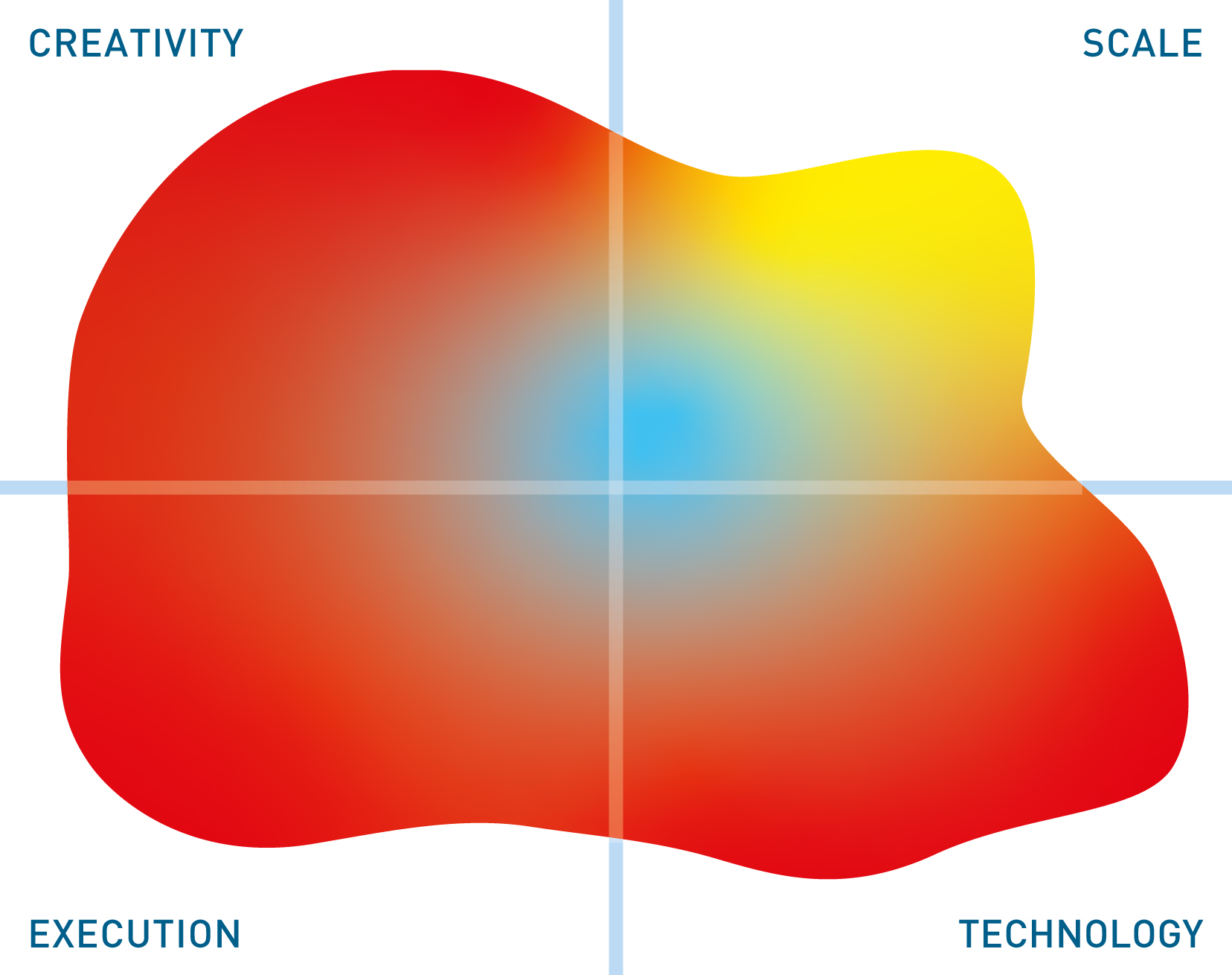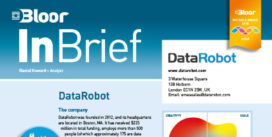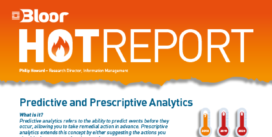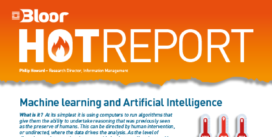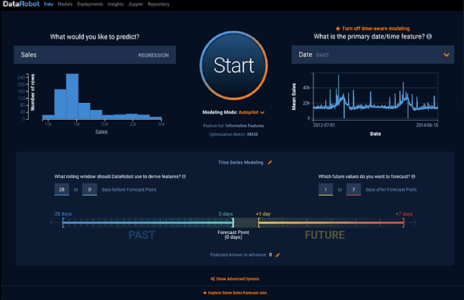
Fig 02 DataRobot supports predictive models
DataRobot expediates the model creation process via extensive automation. The idea is that for most models the vast majority of work has already been done, in the form of existing algorithms and acknowledged best practices, and there is no reason to repeat this work. Hence in DataRobot this has all been automated, and consequently creating a model is a simple and straightforward process that requires neither programming nor mathematical skills. As can be seen in Figure 2, DataRobot supports predictive models as well as time series modelling.
The process for creating a new model begins with data ingestion, accomplished by dragging and dropping relevant datasets into the platform or importing them from an external database. If desired, you can also perform some preliminary, exploratory analytics at this stage, assisted by DataRobot via a selection of visualisations. You then need to specify what you would like to predict (for example, the value of a particular column) via201 text entry. There are advanced options available, but they are strictly optional, and most users are not expected to want or need them. Once you have provided this information, the platform will automatically create a number of models based on your data, each according to a particular ‘blueprint’, a pre-built collection of algorithms and best practices designed by experienced data scientists. These models are then ranked for accuracy, and you are invited to choose the one that is most appropriate (this will often, but not necessarily always, be the most accurate).
At this point, your model has been created. However, this is not the end of the story. Each model within the platform is equipped with a variety of visualisation options, including old standards such as line graphs and bar charts as well as more esoteric options such as word clouds. Each model also contains a workflow that describes exactly how the model was created. The steps in this workflow might include data transforms, model training, and so on, and each step is fully documented within DataRobot.
Models can be deployed manually or automatically, the latter via the use of an API. Model predictions can be displayed online and enterprise-wide, and each prediction comes with a full explanation that elaborates on the factors and reasoning that went into making it. This makes it easy for your business users to get access to predictive models and to understand the predictions they make, as well as why they make them. DataRobot has also recently released the capability to manage and monitor deployed models, allowing your users to efficiently manage their inventory of models in production and get indications on whether some of them are deteriorating and need to be updated.


